A recent exhibition included a suite of five paintings by Emilie Stark-Menneg. The sparest and most impressive of these lyrically playful images featured the face of an older man with a long gray beard in three-quarter view, about halfway between a profile and frontal view.
The painting, titled “Send the Eye Out to Sea,” wells from just a few very economical marks on a plain background with a great deal of bare canvas. In many ways, it’s far more a drawing than a painting: Rather than semblance, the work feels focused on playful gestures. A flowering branch – drawn with a squeeze bottle in cartoonish clarity – stems out of the figure’s eye. The muscular mustache wanders off impressively with the pull of the brush. The water is poured house paint pulled from a trio of layered, thick pools (sea foam teal, azure and dark blue) into wave-like curlicues.
There is a stately look to the subject. He could be one of our more splendidly bearded past presidents, such as Rutherford Hayes or James Garfield.
But there is a liveliness to his eyes – one green and the other amber – that ultimately makes it quite clear he is the noted Maine sculptor and nail-man John Bisbee.
“Send the Eye” was part of “Float,” an exibition at the Center for Maine Contemporary Art’s temporary Rockland space that came down Sept. 6. While it was still up, I was surprised to see “Send the Eye” at Elizabeth Moss Galleries in Falmouth. A second look, however, revealed it wasn’t the same painting but a similar one, “El Capitan,” sans the flowers and the poured ocean. My surprise wasn’t only due to seeing the same guy in two places at once; it was also in seeing such strong and edgy contemporary painting in Falmouth. To be sure, Moss shows some painters with considerable conceptual heft, such as Richard Keen, Lesia Sochor and Veronica Cross, but Stark-Menneg’s brashly insouciant vocabulary is a rare thing among compelling and ambitious painting in Maine.
And Stark-Menneg’s paintings at Moss are compelling and ambitious.
I wasn’t certain of that, however, as I entered the gallery. The large piece that greets passersby from the window, “Girls,” doesn’t make any promises. It features a multi-cultural trio of young women in contemporary dress seated among marigolds. The center figure, dressed in a plaid camisole and a short skirt, seems to be wearing laurels of some sort and has a brush-drawn set of wings sprouting from her back – although the theatricality of the scene makes a literal reading of real wings comfortably doubtable.
But the theatricality also makes the whole scene doubtable – which adds an ironic cast to the entire painting. Is it sardonic? Or, is it possibly a female painter’s apotheosis of young women?
Without context, it’s tough to tell. But in the context of the exhibition, called “Speaking in Stars,” it gets even tougher.
Stark-Menneg’s repeated portraits of of her partner John Bisbee, while hilarious, are ultimately genuine-seeming in their warm treatment of Stark-Menneg’s muse.
For example, we see Bisbee as “Johnny Angel” with his own set of wings, floating full-figure in a barbershop-striped shirt (which gives him an even more old-timey look) and playing an old-style acoustic guitar. But the potentially timeless image is rendered in the vernacular of contemporary painting. It is loose, spare and playful. The figure is floating among and above a layer of “stars” – short green foam cylinders held down by star-ray-like strips of green painters’ tape. And some of the stars are awash in white and gray paint that drips down the canvas to further the idea of upwards motion.
It’s an interesting image that opens the doors to many readings. Could it be a witty play on “muse”? The word for “music” comes from the art of the muse, after all, and Bisbee, one of Maine’s best-known artists, is a musician as well as sculptor. Could it be a younger lover’s concern about the mortality of her much older partner? Or could it be a personification of the transportiveness of creative endeavors like music and art? Personifications are deep in our culture, yet we rarely delve into them in artistic discussions: Picture, for example, the allegorical personification of Justice – blindfolded with scales in one hand and a sword in the other. We see cartoons about this kind of image, but very few paintings.
One of the strongest paintings in the show features a similarly allegory-like image of a winged woman with a banjo, “Lyrae Angel.” Her outfit and banjo, however, offer a bit of an ante-bellum flair. This theatrical sense of history has an edge of nostalgia within it, weighted toward sadness rather than longing. The name “Lyrae” also feels like a play on something. It’s related to lyric – which fits the classical idiom – but I can’t shake the feeling that it’s the plural form of the name of the impressively brave and likeable protagonist of “The Golden Compass” – Lyra Belacqua. Maybe for Stark-Menneg this girl and so many others have been heroes like Lyra.
With a contemporary look and feel, Stark-Menneg’s paintings ares playful and fun while at the same time flashing the sharp identity-oriented edge of a post-structuralist sword. Wit can be a powerful weapon, but Stark-Menneg is operating in a much more vaporous world of nuance and possibility. Her work is refreshing and it keeps you on your toes.
Freelance writer Daniel Kany is an art historian who lives in Cumberland. He can be contacted at:
dankany@gmail.com
Send questions/comments to the editors.

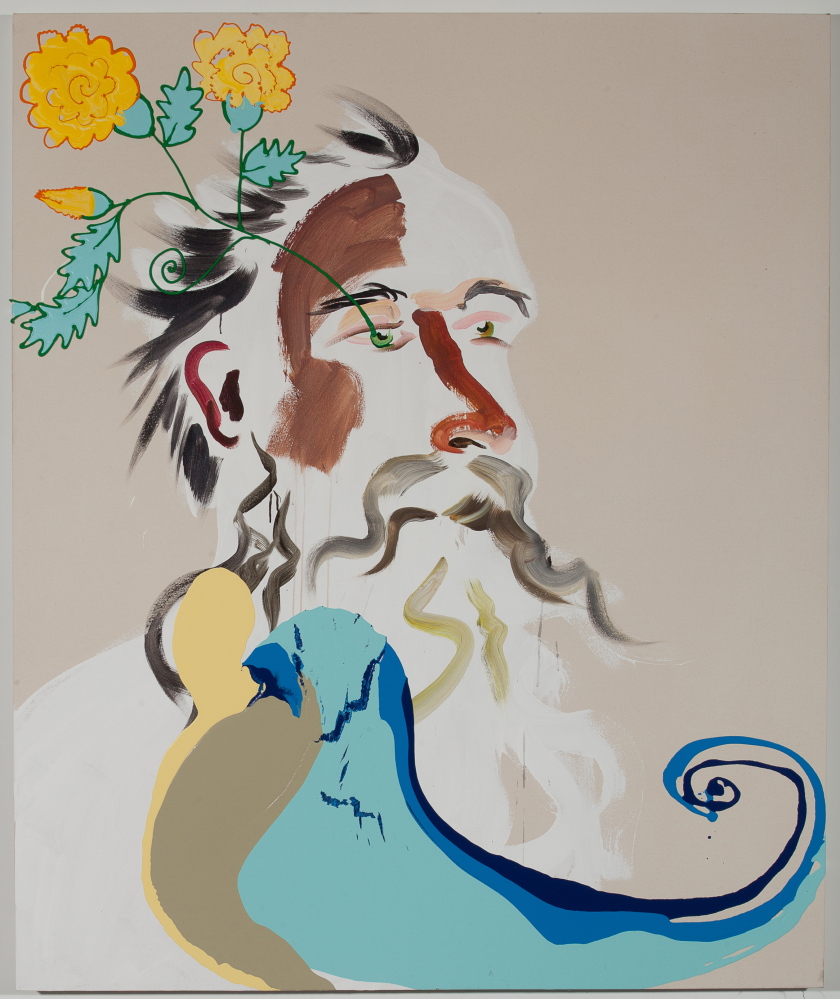
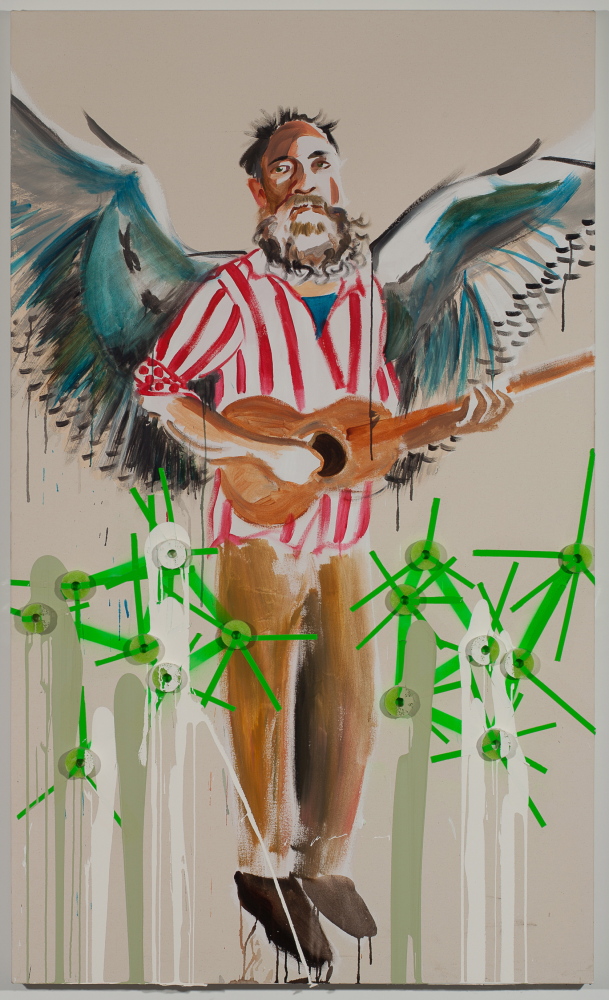
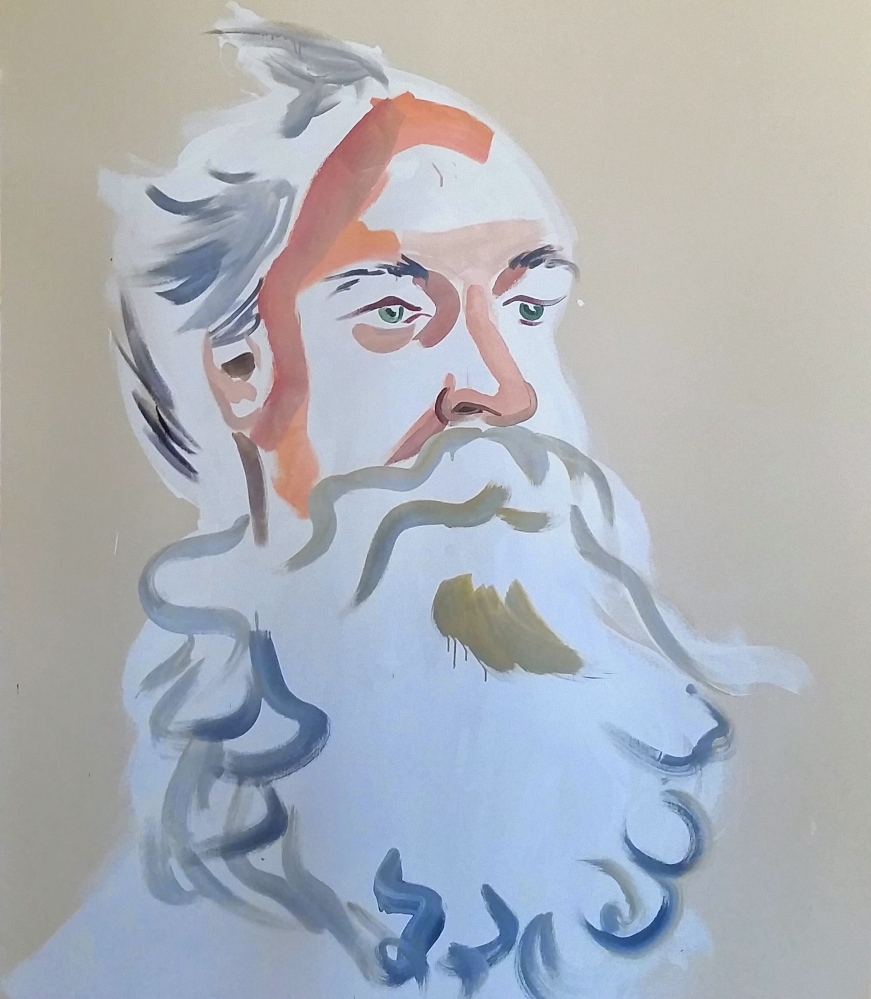
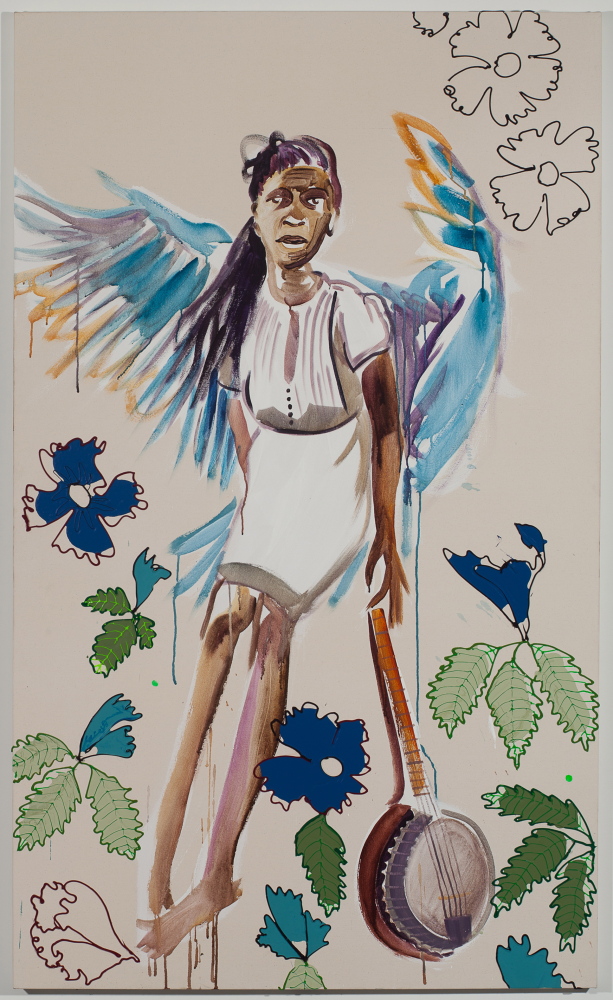
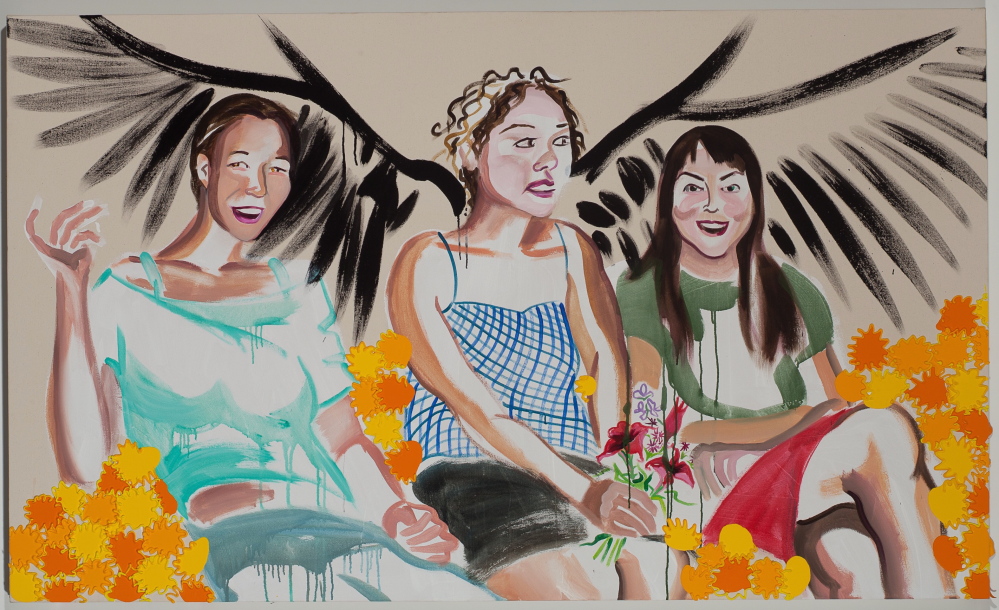

Success. Please wait for the page to reload. If the page does not reload within 5 seconds, please refresh the page.
Enter your email and password to access comments.
Hi, to comment on stories you must . This profile is in addition to your subscription and website login.
Already have a commenting profile? .
Invalid username/password.
Please check your email to confirm and complete your registration.
Only subscribers are eligible to post comments. Please subscribe or login first for digital access. Here’s why.
Use the form below to reset your password. When you've submitted your account email, we will send an email with a reset code.